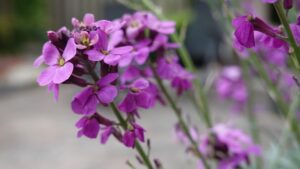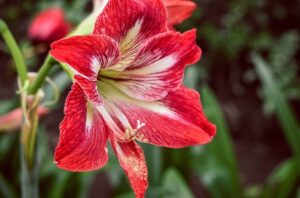This comprehensive guide provides a detailed look at various aspects of gardening in March in zone 9, offering insights and recommendations tailored for those new to the gardening experience.
Stock Up on Garden Supplies
Starting your garden comes with preparing the right supplies. Having a well-stocked gardening toolkit will ensure you are ready to tackle the various tasks your garden will require throughout March.
Essential Supplies
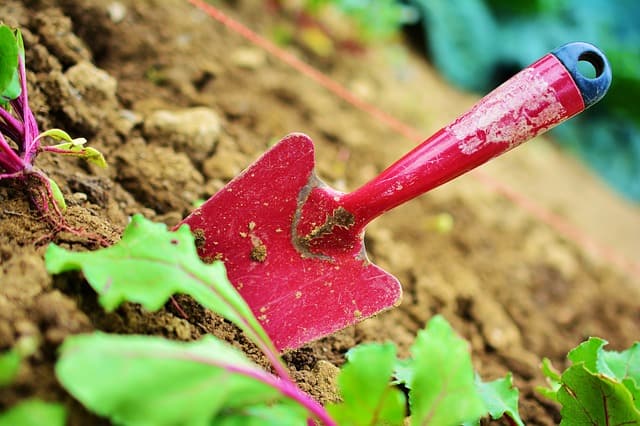
Seeds: Begin by selecting seeds based on your desired crops. Popular choices for Zone 9 include lettuce, beets, cucumbers, tomatoes, and peppers. Consider heirloom or organic varieties for a unique touch, and always check local resources for suggestions specific to your microclimate.
Soil Amendments: Improving your soil is crucial for plant health. Organic compost is a fantastic option because it enriches the soil with nutrients and boosts beneficial microorganisms. Additionally, consider using peat moss to improve soil aeration and drainage, particularly if your soil tends to retain too much water.
Mulch: As your garden begins to grow, maintaining moisture is critical. Organic mulches such as straw, bark chips, or shredded leaves not only maintain moisture levels and regulate soil temperatures but also break down over time, enriching your soil.
Tools: Basic gardening tools enhance your efficiency. While you may need a trowel and hand rake for planting and soil amendments, other useful tools include a hoe for weeding, a watering can or hose for irrigation, and gloves to protect your hands.
Plant Labels: Keeping track of your seedlings and plant varieties prevents confusion and helps you monitor their growth effectively. You can make labels from wooden sticks, stones, or buy premade labels, ensuring they’re weather-resistant.
Having these supplies in hand can alleviate stress when it’s time to tend to your garden.
How to Prepare and Maintain the Garden
March is the perfect moment to start preparing your garden. This preparation focuses not only on soil management but also on maintaining the general health of your garden throughout the season.
Mulching and Amending the Garden
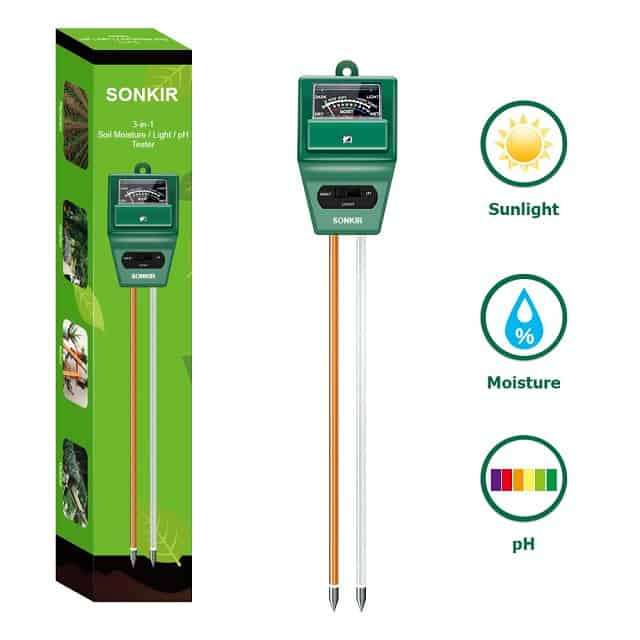
Maintaining the right soil environment is key to successful gardening. After you’ve cleared winter debris, focus on these essential practices:
Mulching: Applying a thick layer of mulch (around 3-4 inches) can make a tremendous difference. Besides the moisture retention discussed earlier, mulch prevents soil erosion and minimizes the growth of weeds, which can rob your plants of essential nutrients and water. When applying mulch, be cautious around sensitive plants by keeping a small gap between the mulch and the plant base.
Soil Testing: Before planting, conduct a soil test via a local agricultural extension office or sampling kit. Understanding the pH and nutrient content allows you to customize your soil amendments. For instance, if your soil is too acidic, you may need to add lime, whereas clay-heavy soil may benefit from gypsum to improve structure.
Incorporating Organic Matter: Organic amendments, such as compost or well-rotted manure, are valuable for enhancing soil fertility. Mix these into the top layers of soil before planting. Regularly adding organic matter provides continuous nutrients to your plants throughout their life cycle.
Regular preparation and maintenance not only fortify your plants against diseases but also create a balanced ecosystem that can support various beneficial organisms in your garden.
Indoor Garden Planting
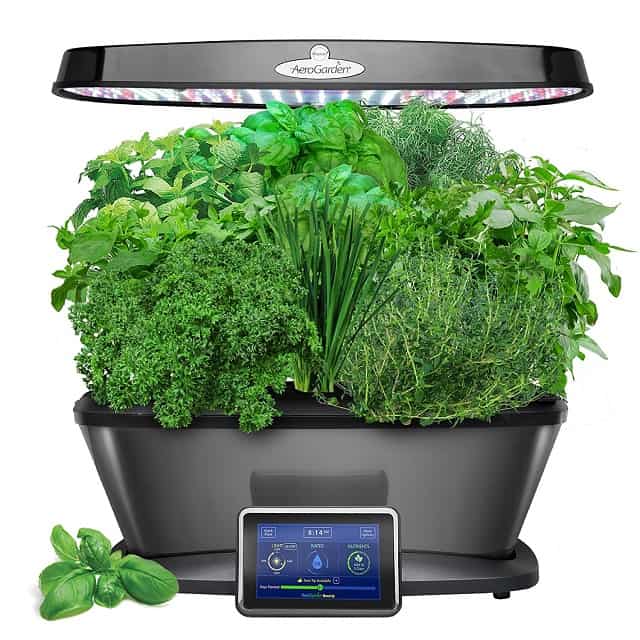
Indoor gardening offers a fantastic opportunity to kick-start the growing season before planting outdoors. Seeds started indoors can result in earlier harvests and strong plants ready for planting after the last frost.
Steps for Successful Indoor Planting
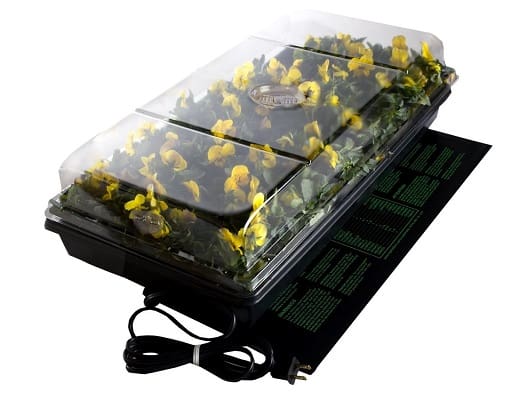
Selecting Containers: Choose containers that are at least 3-4 inches deep and have drainage holes. If you’re using recycled materials, make sure they were free of harmful chemicals.
Filling with Soil: Use a quality seed-starting mix that is light, fluffy, and well-drained. Avoid using garden soil, as it may contain pathogens or pests and is often too dense for seed germination.
Sowing Seeds: Follow the specific planting depth instructions on seed packets. Generally, a good rule of thumb is to plant seeds at a depth of two to three times their size. After sowing, gently press down the soil above them to ensure good contact and water lightly.
Providing Light and Heat: Position your seedlings in a sunny windowsill or under grow lights for 12-16 hours a day. If using grow lights, keep them a few inches above the seedlings and adjust as they grow.
Consistent Moisture: Use a spray bottle or watering can to ensure the soil stays moist but not overly saturated. Overwatering is a common mistake, as it can lead to damping off, a fungal disease that can kill your seedlings.
Starting your plants indoors in March allows them to develop strong root systems before braving the variables of outdoor life.
Preparing to Plant Outdoors

Soil Preparation: Loosen the topsoil with a shovel or tiller to a depth of 12-18 inches, breaking up large clumps. Incorporate any necessary amendments you’ve identified, such as compost or fertilizers, based on your soil test results.
Test the Soil Temperature: Before planting, ensure that your soil temperature has reached at least 60°F, which is ideal for many warm-season crops. You might use a soil thermometer, which provides accurate readings.
Garden Design: Plan your garden layout based on the space and sunlight available. Taller plants such as corn or sunflowers should be placed at the back, with shorter crops like lettuce or radishes in front, ensuring they won’t shade one another.
Timing for Planting
In March, after the last frost date, you can start planting both cool and warm-season crops. Cool-season crops might include an early planting for crops that prefer milder temperatures, while you can begin sowing seeds for warm-season varieties as well, especially toward the end of the month.
Harvest Garden Harvest
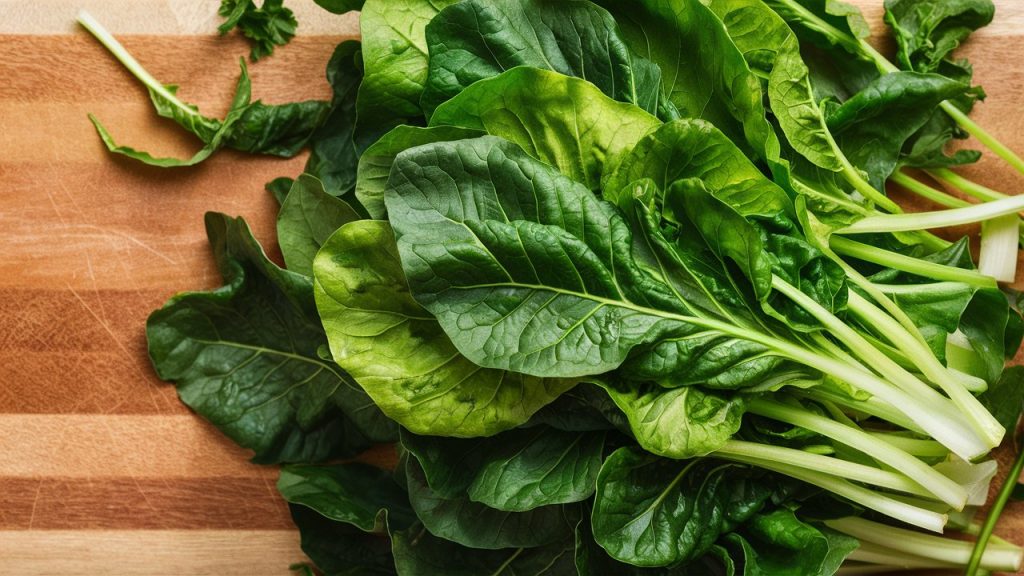
As your garden starts to produce, keep an eye on what might be ready for harvest. Certain fast-growing crops planted in early spring might bear fruit before the end of March.
Early Spring Crops to Harvest
Leafy Greens: If you planted spinach or other types of greens, they could be ready for harvesting by mid-March. Snipping off the outer leaves encourages continued growth, allowing for successive harvests throughout the season.
Radishes: Since radishes can mature in as little as three weeks, if you planted them early in the month, they’re likely to be ready for harvesting by the end of March. Seize the opportunity to enjoy these crisp and peppery vegetables fresh from the garden.
Herbs: Certain herbs, such as chives or cilantro, can also provide a first harvest in March. Regular harvesting encourages plants to produce more foliage, benefiting your garden’s yield.
Harvesting your crops at the right time ensures they are at peak flavor and nutrition, helping to build excitement and momentum for the upcoming gardening season.
When is My Last Frost Date?
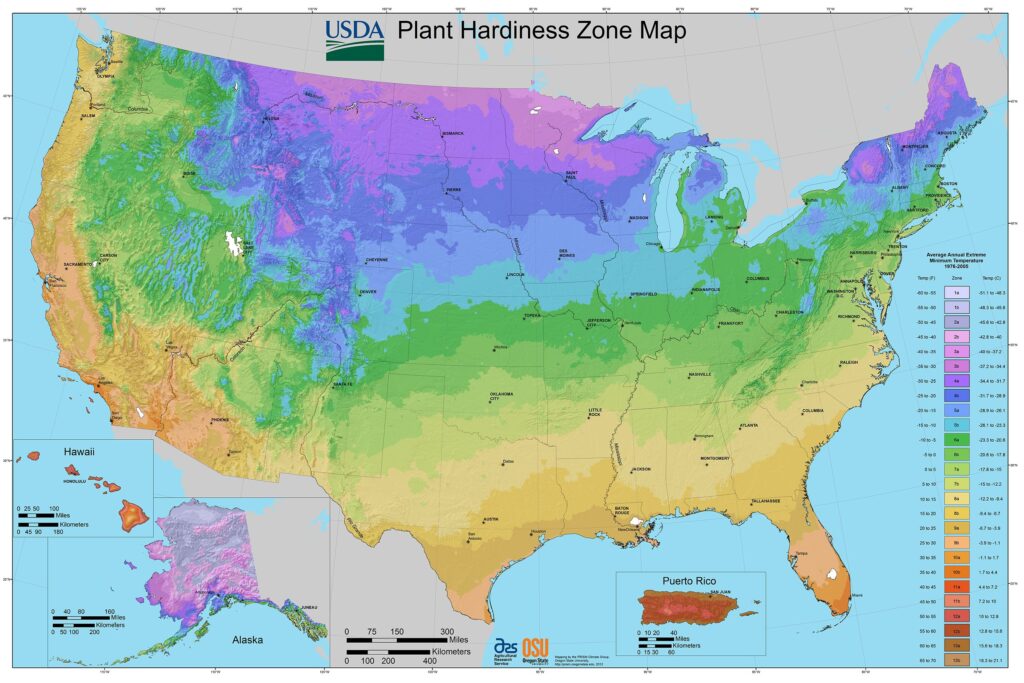
Familiarizing yourself with your zone’s frost dates is a crucial aspect of timing plantings. In Zone 9, the average last frost date typically falls between March 15th and March 31st.
Importance of Knowing the Last Frost Date
Understanding this date allows you to plan when to start your seeds indoors and when to transplant them outdoors. It’s wise to monitor long-range weather forecasts leading up to this date, as late frosts can occasionally surprise gardeners.
If your plants are in the ground before this date, consider using row covers or cloches to protect any vulnerable young plants from sudden chills. Being proactive can save your efforts and investments.
March Planting Guide-Crops to Plant by Seed
Now that you have all the preparations in place, let’s dig into specific planting recommendations for March.
Cool Season Crops
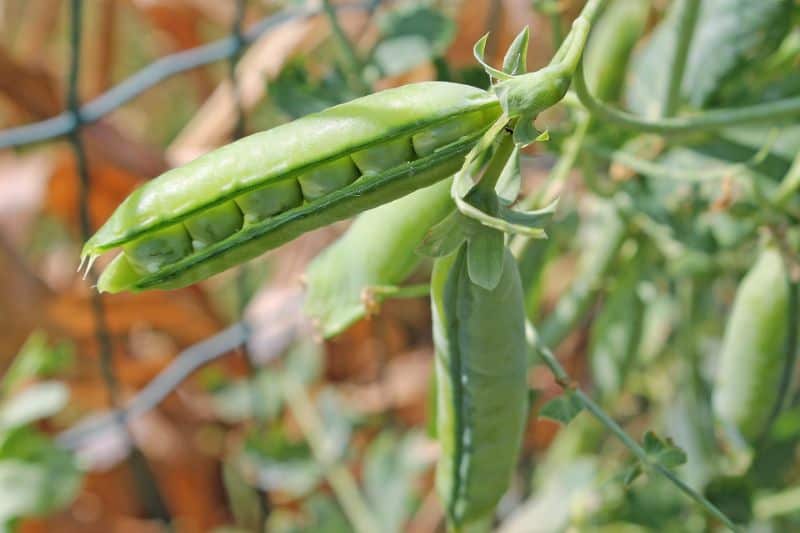
Early spring is perfect for sowing crops that flourish in cooler temperatures.
Lettuce
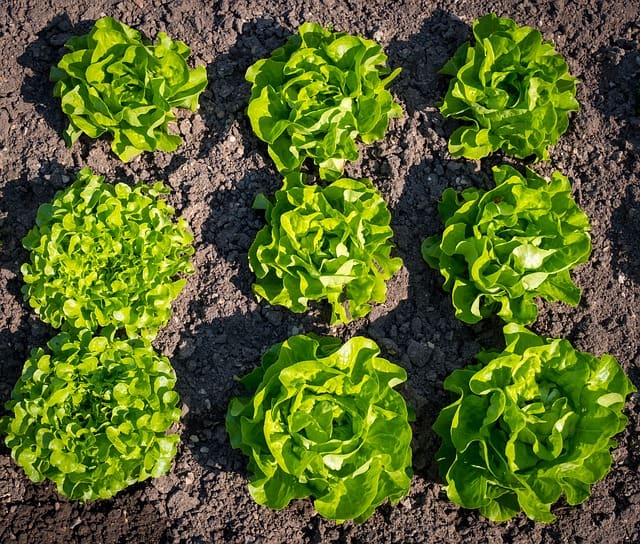
This versatile green can be direct seeded or transplanted, making it a great choice for both beginners and seasoned gardeners. Choose a mix of leaf types for diversity, and succession plant every few weeks to ensure a continuous supply of fresh leaves—ideal for salads or sandwiches.
Beets
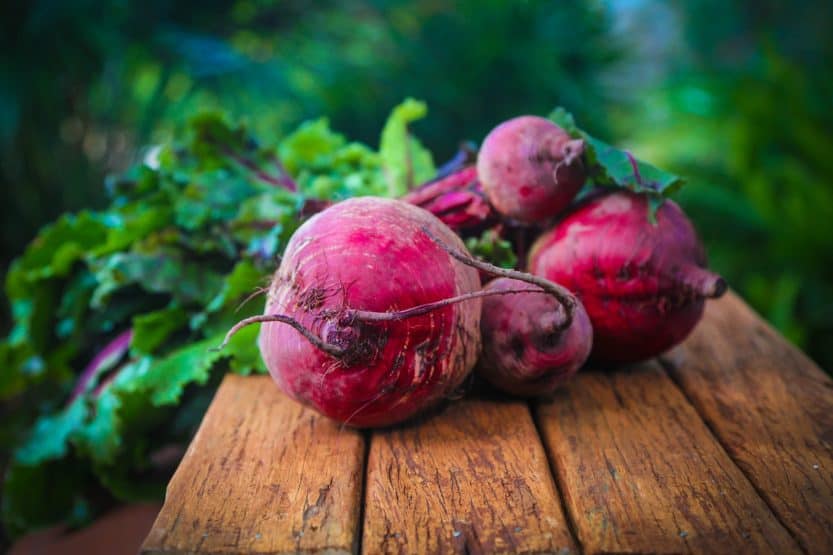
Beets thrive in the cool of early spring and are easy to grow from seed. Plant them in well-drained soil, spacing the seeds about two inches apart. Harvest beets when they reach about 2-3 inches in diameter for optimal flavor—these are sweet and delicious when roasted or boiled.
Carrots
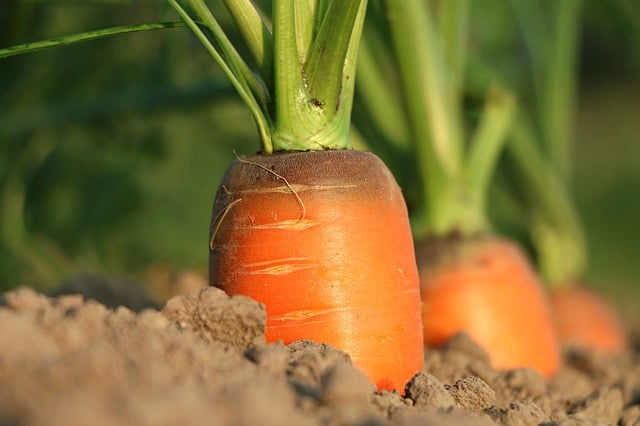
Carrots prefer looser, sandy soil for smooth and straight growth. Sow seeds directly into the garden, about half an inch deep. Thin seedlings as they germinate to give the remaining plants ample space to develop; thinned-out carrots are also a tasty snack!
Radishes
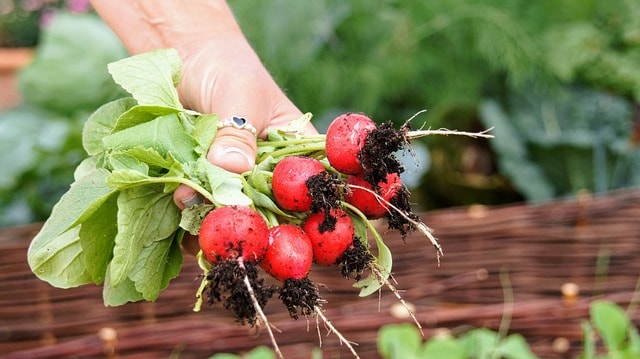
Perfect for quick results, radishes are typically ready to harvest three to four weeks after planting. They can add both crunch and flavor to various dishes. Direct sow seeds in rows for efficient growth, and remember to keep the soil moist to facilitate quicker germination.
Potatoes
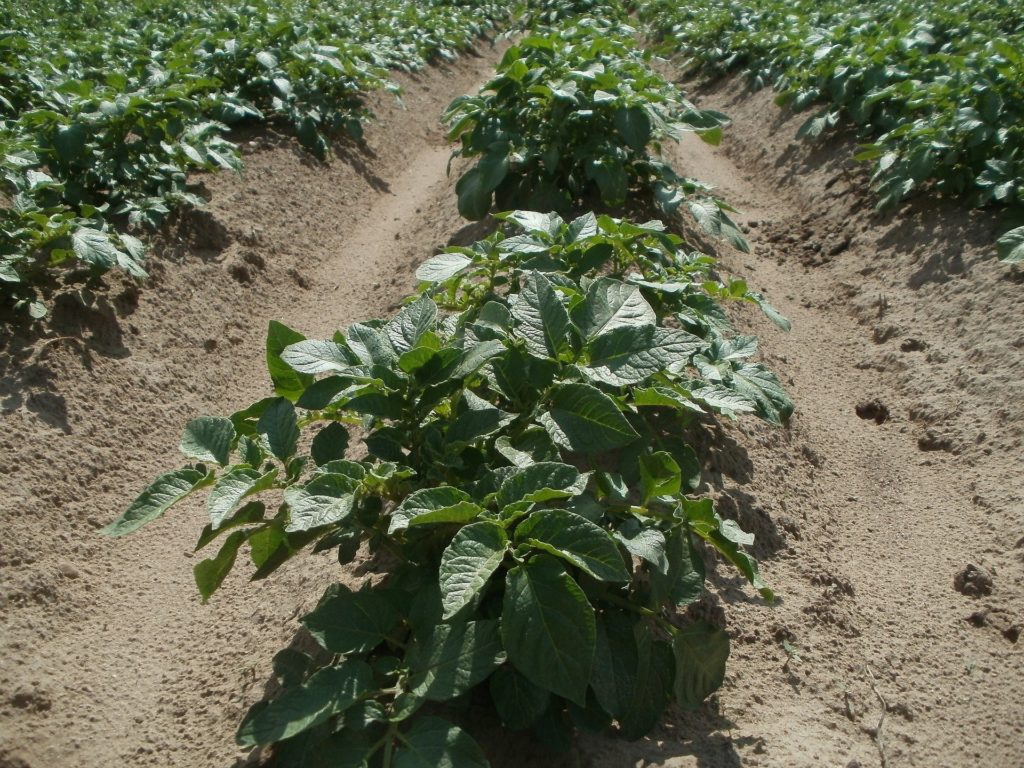
In spring, cut seed potatoes into smaller pieces with at least one eye each. Plant them in ridged rows for easy hilling as they grow, which encourages the formation of more tubers. Ensure they are evenly watered but not waterlogged to promote strong root development.
March Planting Guide-Warm Season Crops
As the month progresses and once the threat of frost has diminished, it’s an excellent time to plant warm-season crops.
Beans
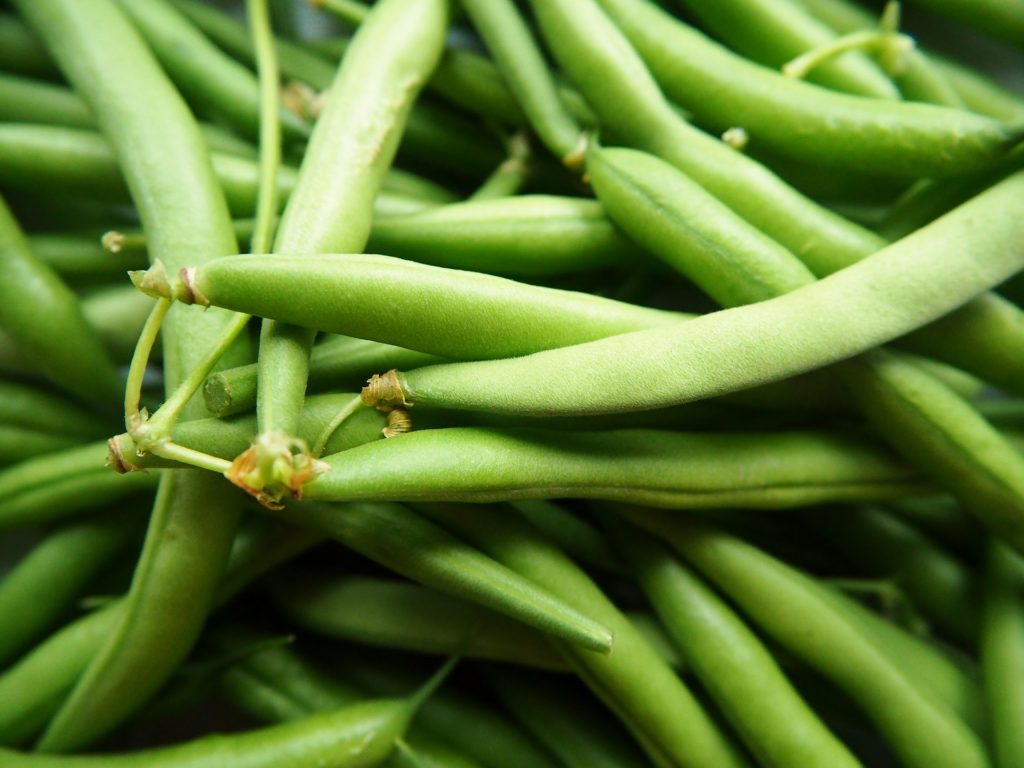
These plants flourish in warm weather. They can be directly seeded into the garden after the last frost. Bush beans thrive in small spaces, while pole beans require vertical support but produce high yields.
Corn
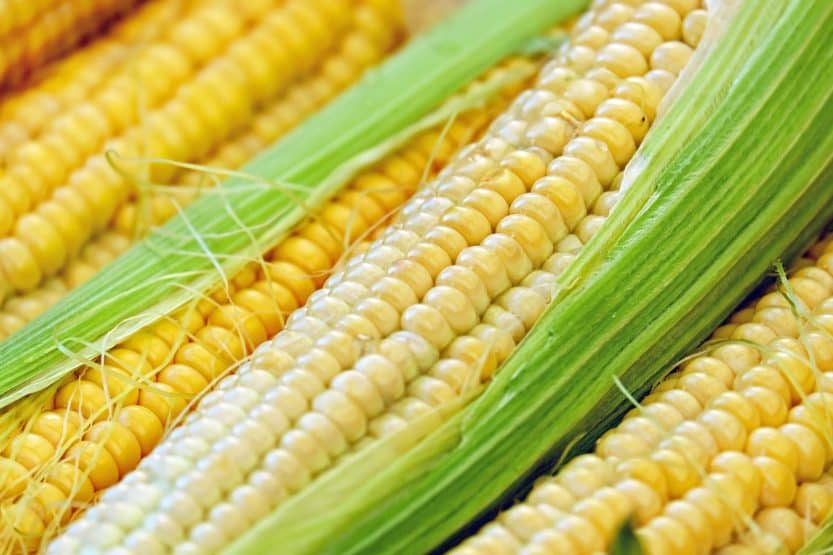
Corn needs warm soil to germinate effectively. Planting should occur in blocks rather than rows to improve pollination. Provide consistent moisture, especially during the crucial tasseling and ear-forming stages.
Cucumbers
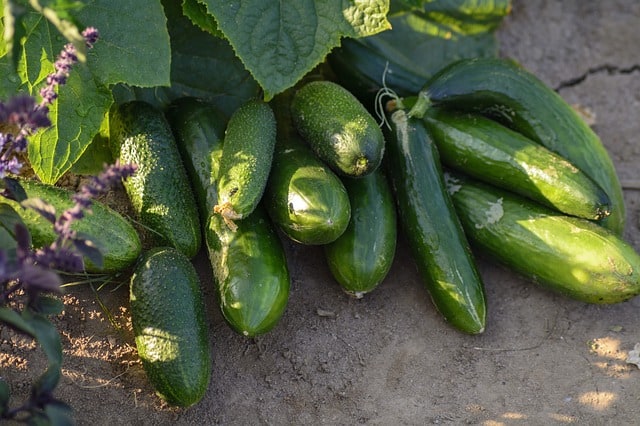
Ideal for warm weather, cucumbers can be direct seeded into well-tilled soil. Choose trellis varieties to conserve space. These vigorous plants need plenty of sunlight, so ensure they are positioned to receive at least six hours a day for optimal growth.
Other Warm-Season Crops
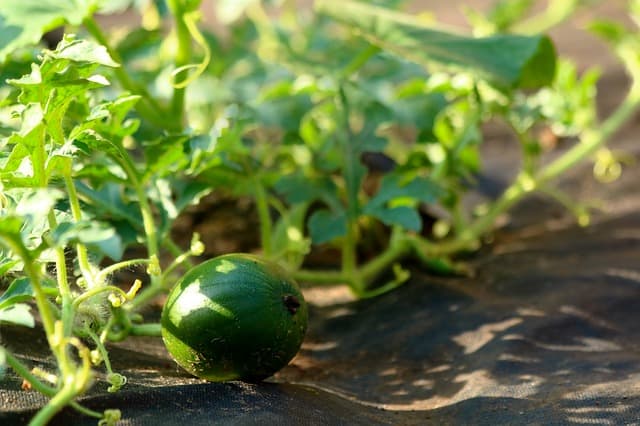
Gardeners can also consider planting squash, zucchini, and various melons. These crops thrive in the warm weather and benefit from extensive sunlight.
March Planting Guide: Crops to Transplant
In addition to direct sowing, March is the time to transplant seedlings started indoors, which can include several essential crops for your garden.
Tomatoes
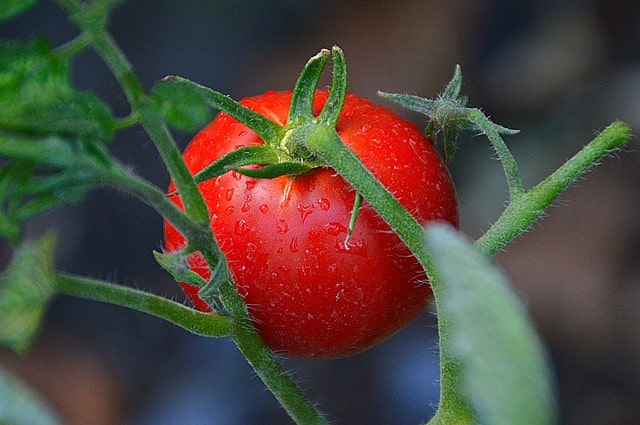
Tomatoes are best sown indoors and then transplanted outside once temperatures stabilize. Dig holes deep enough to cover a significant portion of the stem; this encourages additional root growth. Support structures like cages or stakes should be prepared from the start to help these plants grow upward, preventing diseases associated with ground contact.
Peppers
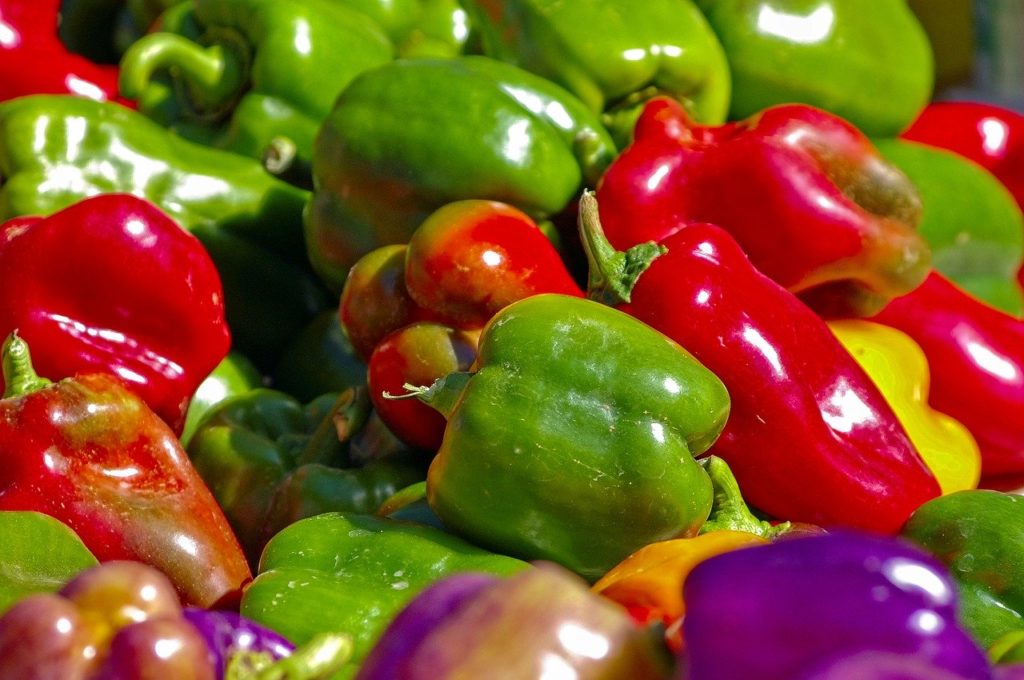
For peppers, wait until the nights consistently stay above 55°F before planting. Well-drained soil and consistent moisture are essential for establishing these vibrant plants. They thrive with at least six hours of sunshine and appreciate regular feeding to boost fruit production.
Celery
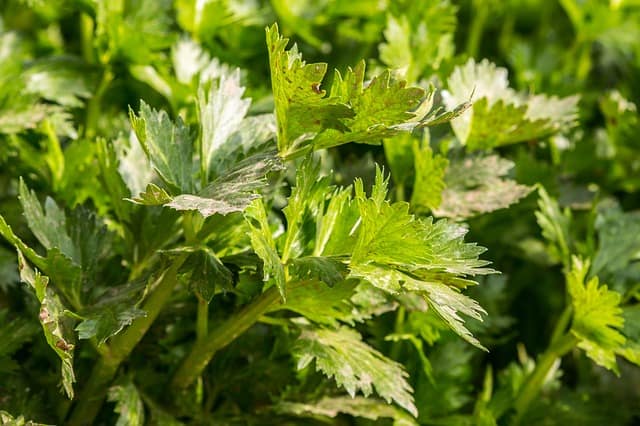
Celery requires careful attention, as it takes longer to mature. It loves cool, well-drained soil rich in organic matter. Transplant seedlings with ample spacing to allow for leaf spread, ensuring a bountiful harvest.




